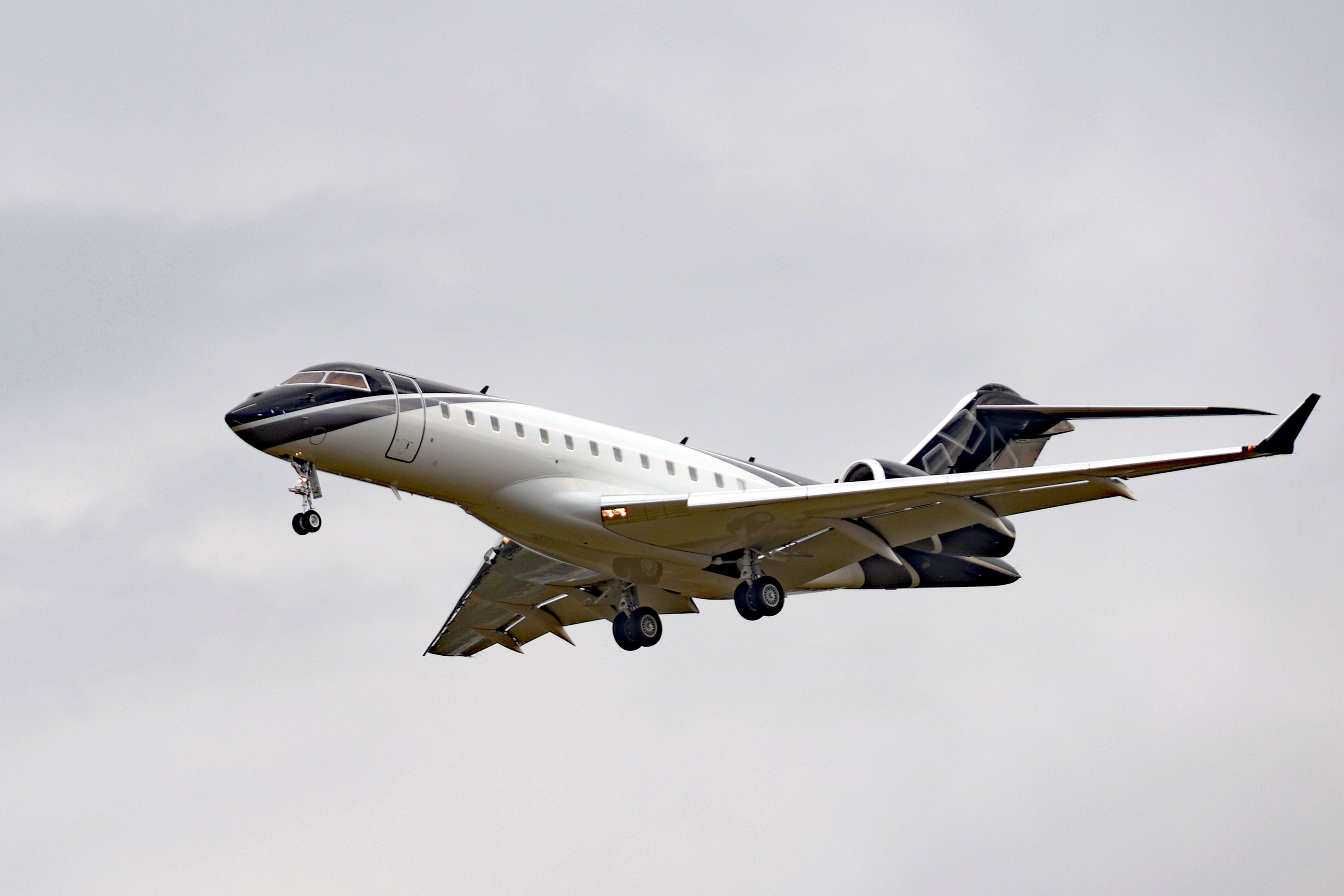Emissions from private jets soar by nearly 50% in four years – research
Experts warned that the true scale of global private aviation is currently poorly understood.

Your support helps us to tell the story
From reproductive rights to climate change to Big Tech, The Independent is on the ground when the story is developing. Whether it's investigating the financials of Elon Musk's pro-Trump PAC or producing our latest documentary, 'The A Word', which shines a light on the American women fighting for reproductive rights, we know how important it is to parse out the facts from the messaging.
At such a critical moment in US history, we need reporters on the ground. Your donation allows us to keep sending journalists to speak to both sides of the story.
The Independent is trusted by Americans across the entire political spectrum. And unlike many other quality news outlets, we choose not to lock Americans out of our reporting and analysis with paywalls. We believe quality journalism should be available to everyone, paid for by those who can afford it.
Your support makes all the difference.Annual emissions from private aviation increased by 46% in 2023 compared to 2019, research suggests.
Stefan Gossling, a professor at Linnaeus University in Sweden, and his team analysed the flight tracker data of more than 18.6 million private flights.
These were flown by 25,993 registered, business jet-type, private aircraft – representing the vast majority of private aviation, over the four-year period, they said.
The team then calculated the CO2 emissions of each flight, finding that they cumulatively produced approximately 15.6 million tonnes of carbon dioxide in direct emissions in 2023 – averaging at approximately 3.6 tonnes of CO2 emissions per flight.
This equated to a 46% increase in emissions from private aviation compared to 2019, and equivalent to approximately 1.8% of the total emissions produced by commercial aviation in 2023, the researchers said.
The findings come after the Labour Government announced a 50% increase on air passenger duty for private jet passengers in the Budget last week.
In the paper, published in Communications Earth & Environment on Thursday, the authors wrote that private aviation is the “most energy-intense form of air transport” and industry expectations “point to growth”.
Users have also been described by the industry as the “ultra-high net worth”, including about 256,000 individuals or 0.003% of the global adult population, they said.
But the researchers also warned that the true scale of global private aviation and the emissions it produces is currently poorly understood.
International aviation is also “not covered by efficient climate policies,” they said.
The analysis found that the highest emitting individuals produced 2,400 tonnes of CO2 each in 2023, based on the flight data of their planes’ unique tail numbers.
This figure is almost 500 times more than the average amount of emissions produced per person in 2020, according to the researchers.
The results also show a significant emissions peaks around certain international events which saw particularly large volumes of private flights.
For example, the UN climate conference COP28 in Dubai last year was associated with 644 private flights, which produced 4,800 tonnes of CO2.
Meanwhile, the 2022 FIFA World Cup in Qatar was associated with 1,846 private flights which produced 14,700 tonnes of CO2.
“The analysis shows that individuals using (private aviation) emit disproportionally more than an average human,” the paper said.
“This illustrates the sector’s relevance from distributional per capita viewpoints, and its relevance for climate policy.”